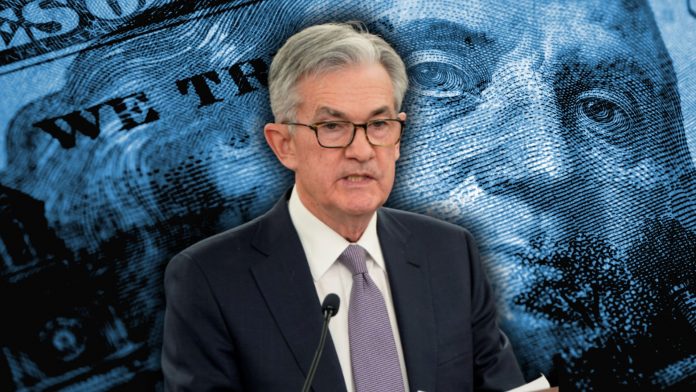The Federal Reserve announced a 50 basis point cut to its benchmark interest rate today, lowering the federal funds rate to a range of 4.75% to 5%. This is the first reduction in borrowing costs since March 2020, offering relief to Americans with credit card debt, personal loans, auto financing, and mortgages. The decision comes after two years of consecutive rate hikes aimed at controlling inflation, which peaked at 9.1% in June 2022.
The rate cut was prompted by signs of cooling inflation and a slowing job market. With the current inflation rate at 2.5%, just below the Fed’s 2% target, the central bank is optimistic that price growth is on a sustained downward path. However, concerns over rising unemployment influenced the Fed’s decision, as higher borrowing costs have discouraged business investment and slowed hiring.
Additionally, reducing the federal funds rate will lower interest rates across various types of loans, though the savings for individual borrowers may be modest. According to Bankrate, the rate cut will reduce the average interest rate on credit cards by 50 basis points within a couple of billing cycles. For a $5,000 balance, this could mean a slight decrease in monthly payments.
For auto loans, a new $35,000 loan spread over five years will drop monthly payments by about $8. Home equity lines of credit (HELOC) will also benefit, with payments on a $50,000 HELOC falling by approximately $20.84 per month. While adjustable-rate mortgages (ARMs) will also see a reduction, the exact savings will vary depending on the loan’s terms, as mortgages are less directly tied to the Fed’s benchmark rate.
The latest rate cut is expected to be the first in a series of reductions. According to the CME FedWatch Tool, 76% of traders expect the federal funds rate to drop to a range of 4% to 4.75% by the end of the year. As borrowing costs decrease, consumers could see additional savings on their debt, providing some relief after a period of high inflation and elevated interest rates.
Federal Reserve Chair Jerome Powell emphasized that inflation risks have diminished while the downside risks to employment have increased. The Fed’s dual mandate of controlling inflation and maximizing employment continues to guide its policy decisions as it navigates the post-pandemic economic landscape.










